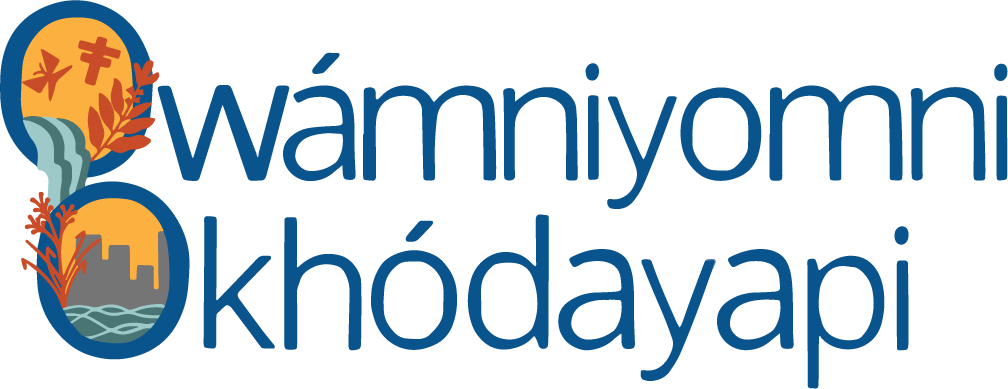By Mark Andrew | June 1, 2020
Exactly five years ago today—June 1, 2015—the northern-most and newest federal Lock and Dam, was closed to navigation. It is an imposing structure massing over 500 feet of the riverfront, and is strategically located on the downtown Minneapolis central riverfront, adjacent to the Stone Arch Bridge and St. Anthony Falls. It fell victim to the Upper Harbor Terminal’s commercial failure and the inexorable up-river thrust of the invasive Asian carp.
Today’s 5-year anniversary of the closing of the Lock and Dam is significant because, while the Lock and Dam is dormant, civilian activism to re-make the area is not.
Today, the newly renamed Friends of the Falls is pleased to announce the launch of a community-wide civic engagement campaign. Its purpose is to invite the community to help chart a course for the Lock and Dam and articulate a future vision of the historic St. Anthony Falls area.
We are here to solicit your help in deciding the future of this connecting point for the city’s social, environmental, recreational and historic exploration.
Most everyone knows that St. Anthony Falls is the birthplace of our city. The Falls is the only major waterfall on the length of the Mississippi. Amazingly, the Hennepin Avenue Bridge aligns with the first permanent crossing of the entire river. And we all know of the commercial successes of the world’s two largest flour milling businesses of that time and major sawmilling that built the city.
But this history of the Falls – and our city – goes only as far back as the arrival of the Europeans.
Is it also known that Indigenous Peoples inhabited this land for hundreds of generations before us and that the sacred land of the Dakota lies between Bdote — at the conflux of the Minnesota and Mississippi rivers — and Omniyomni, the “turbulent waters” of St. Anthony Falls?
Or that Spirit Island, a sacred Dakota site just a stone’s throw from the Falls, was destroyed by commercial interests that quarried the island to build the Stone Arch Bridge? How might the Native American community help the larger one interpret this history and tell it honestly to the public?
Like a river, achieving a community vision is a long and winding road. There are many communities of interest to be consulted—underrepresented people, neighborhoods, elected officials, business people, community activists, racially diverse communities, and more. We are going to try to engage with all of you.
And we are eager to hear what you have to say.



